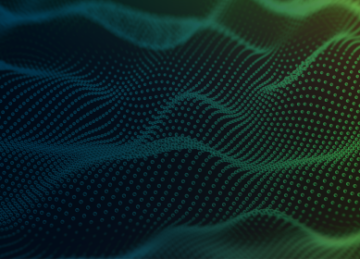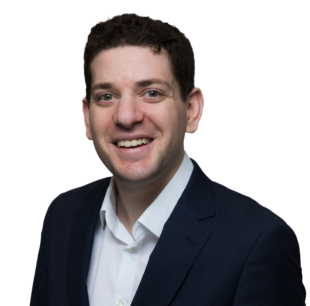As we move towards 2022, artificial intelligence (AI) is becoming more prominent and sophisticated. AI increasingly may become the sole creator or inventor of a work or invention.
Whether this should this be reflected in the ownership of copyright and patents is a question the government has opened a consultation on, with the ultimate aim of promoting innovation in AI whilst also ensuring patents and copyright promote humans’ creativity and inventiveness.
Specifically, the consultation looks at:
- Copyright protection for works generated solely by computers;
- Text and data mining – licencing and exceptions to copyright;
- Patent protection for inventions solely created by AI.
While this article will focus on points one and three, the full consultation can be found here. The consultation closes at 11:45pm on 7 January 2022. A government website summary of the previous consultation in relation to AI and intellectual property can be found here.
Copyright Protection for Computer-Generated Works
As examples, let’s consider the current rules if a computer/AI solely writes an article, solely creates a song or solely creates a drawing (i.e. there was no human involved). If such a computer-generated work (CGW) meets the originality requirement, then a 50-year period of copyright protection is granted to the person (not the computer/AI) that made the arrangements necessary for the creation of the work.
The consultation considers three options:
- Make no change – If the law already promotes AI and does not cause too much unnecessary expense.
- Remove CGW protection – If the law does not help promote AI and causes unnecessary expense. If a person uses AI to help them create a sufficiently original article, song or drawing then that person would be the owner of the copyright anyway and for a longer period. It has been argued that the CGW protection is unclear, as the originality requirement is interpreted in terms of human originality.
- Remove and replace CGW protection – The length of protection could be shortened (e.g. to 5 years) if responders feel it should reflect that computers potentially could create works faster, a person is not dedicating their time, and computers do not need to be rewarded. CGW protection also could be expanded so it could apply if the above article, song or drawing was jointly created by a human and an AI.
Patent Protection for Inventions Solely Created by Al
In a recent case, a person applied to be the applicant for two patents invented by his AI and named the AI as the inventor. The Court of Appeal confirmed (see here) that UK patent applications need to name a person (not an AI) as the inventor of a patent.
Essentially, the consultation is asking whether this position is correct. The consultation includes the following options:
- Make no change – An application could not name an AI as the inventor or joint inventor. Allowing AI to be an inventor could cause issues with filing in other territories that do not allow this. However, this may not be the best way to promote AI.
- Expand inventor definition – If no human could be the inventor, then the inventor could be the person who made the arrangements necessary for the AI to devise the invention. A human would be named as inventor so this would not have the international filing issue explained above and more AI devised inventions potentially could be patentable.
- AI can be named inventor – Either amend the law to permit naming AI as inventor or so there would be no need to name an inventor if AI devises the invention. If no human could be the owner, then the test could be the same as in the previous bullet point to find the human (not AI) owner.
More AI devised inventions potentially could be patentable and it could promote the work of AI. However, there may be issues with international filings, and it may lead to more patents being filing by a few dominant companies and make it harder for newer companies.
- New protection for AI inventions alongside the current system – This would be for AI inventions where there was no human so they could not be patented. The prevention of patents that are ‘obvious’ could be stricter (AI inventions may not have been as obvious to a person) or removed (a quicker process to reflect the potentially quicker inventions by AI). The duration could be shorter than the normal 20 years, as AI may be able to invent quicker and does not need to be financially rewarded. There is a risk that people would try to apply for this right anyway if it is easier to obtain and quicker.
Next steps
Patents and copyright are incredibly powerful rights that can be key to a technology company’s business. We would encourage companies to respond to the consultation to ensure their views are heard.
Please get in touch with the specialist team at Fox Williams if you have any concerns about the consultation, how your business may be affected by its outcome, or if you require advice on how to protect the IP rights in your technology.






